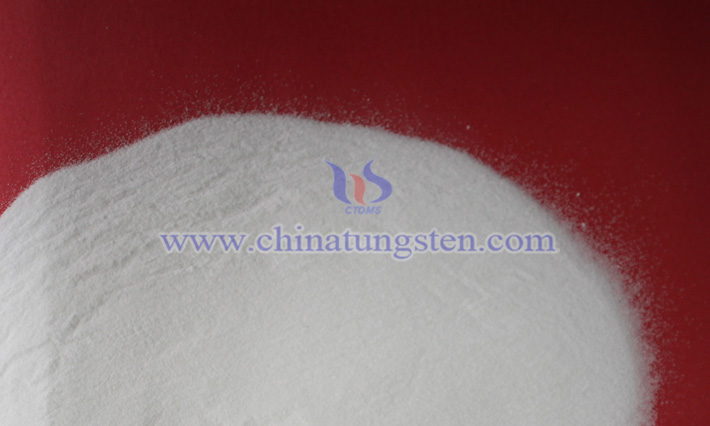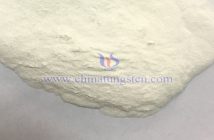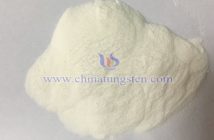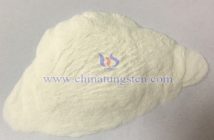The application of ammonium metatungstate (AMT), a chemical compound of the transition metal tungsten produced by CTIA GROUP LTD, spans multiple fields. This is because AMT has unique chemical properties and thermal stability. Beyond serving as a crucial precursor for preparing tungsten-based materials, AMT is also a key additive in ceramics. Its roles in ceramics are primarily reflected in the following aspects:

I. Optimizing Ceramic Sintering Performance
Lowering Sintering Temperature: AMT acts as a flux during the ceramic sintering process by reducing the eutectic temperature of ceramic raw?materials, enabling densification of the ceramic body at a lower temperature. For instance, adding an appropriate amount of AMT to alumina ceramics can lower the sintering temperature from the conventional range of 1600-1700°C to 1400-1500°C, thereby saving energy and simplifying the process.
Accelerating Densification: The decomposition of AMT generates substances such as tungsten oxide, which can fill the voids between ceramic particles, promoting material migration and diffusion. This process accelerates the densification of the ceramic body, reducing internal pores and defects, ultimately resulting in a more compact ceramic structure.
II. Enhancing Ceramic Mechanical Properties
Refining Grain Structure: AMT can regulate grain growth during the sintering process. For example, in silicon nitride ceramics, the addition of AMT effectively inhibits abnormal grain growth, resulting in smaller, more uniformly distributed grains. A fine and uniform grain structure is closely linked to ceramic strength, significantly improving the material’s mechanical properties.
Strengthening Grain Boundaries: The decomposition products of AMT tend to concentrate at ceramic grain boundaries, enhancing intergranular bonding and suppressing crack propagation along these boundaries. For instance, adding AMT to silicon carbide ceramics markedly improves its flexural strength and fracture toughness, thereby enhancing overall mechanical performance.

III. Improving Ceramic Electrical Properties
Enhancing Conductivity: For ceramic materials requiring a degree of electrical conductivity (e.g., electrode materials in electronic ceramics), the addition of AMT can improve their electrical conductance. Decomposition products such as tungsten oxide possess certain electron-conducting capabilities, forming a conductive network within the ceramic matrix and thereby enhancing the material’s conductivity.
Optimizing Dielectric Properties: In ceramics used for high-frequency or microwave electronic devices, AMT can adjust critical parameters such as dielectric constant and dielectric loss. By precisely controlling the amount added, AMT enables ceramic materials to meet the specific dielectric performance requirements of various electronic devices, improving their operational efficiency and stability.



